A series about AI by Ronen Bekerman
It's Gen-AI, Baby!
Ronen here from Gen-X saying that we are currently in Generation Alpha, which is damn close to being called Gen-AI if you ask me and see what’s happening online. Crazy, fascinating, scary, mind provoking, unethical, the next evolution. You name it, and you’ll be right.
let’s dive into the rabbit hole – blue pill or red pill?


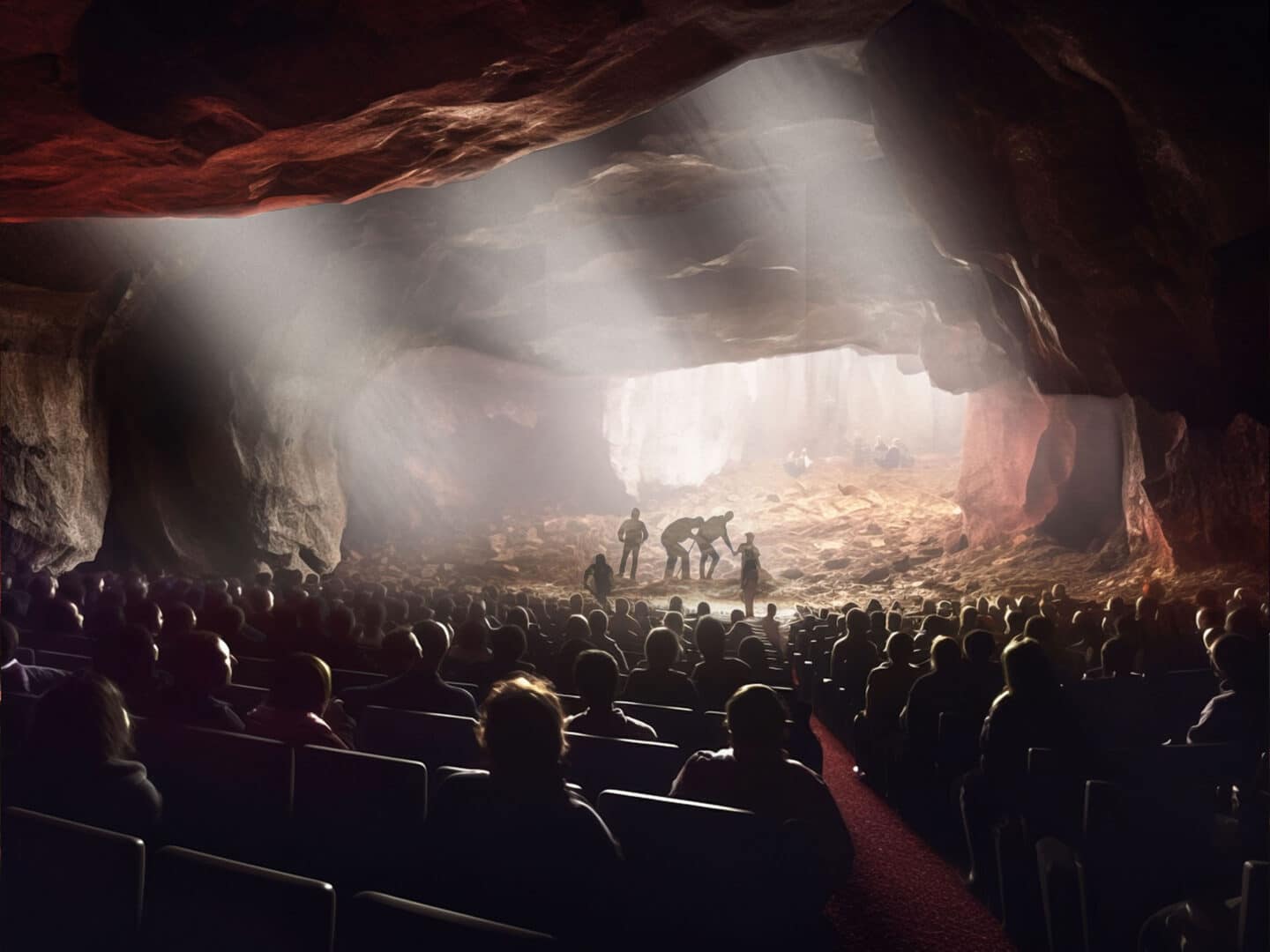

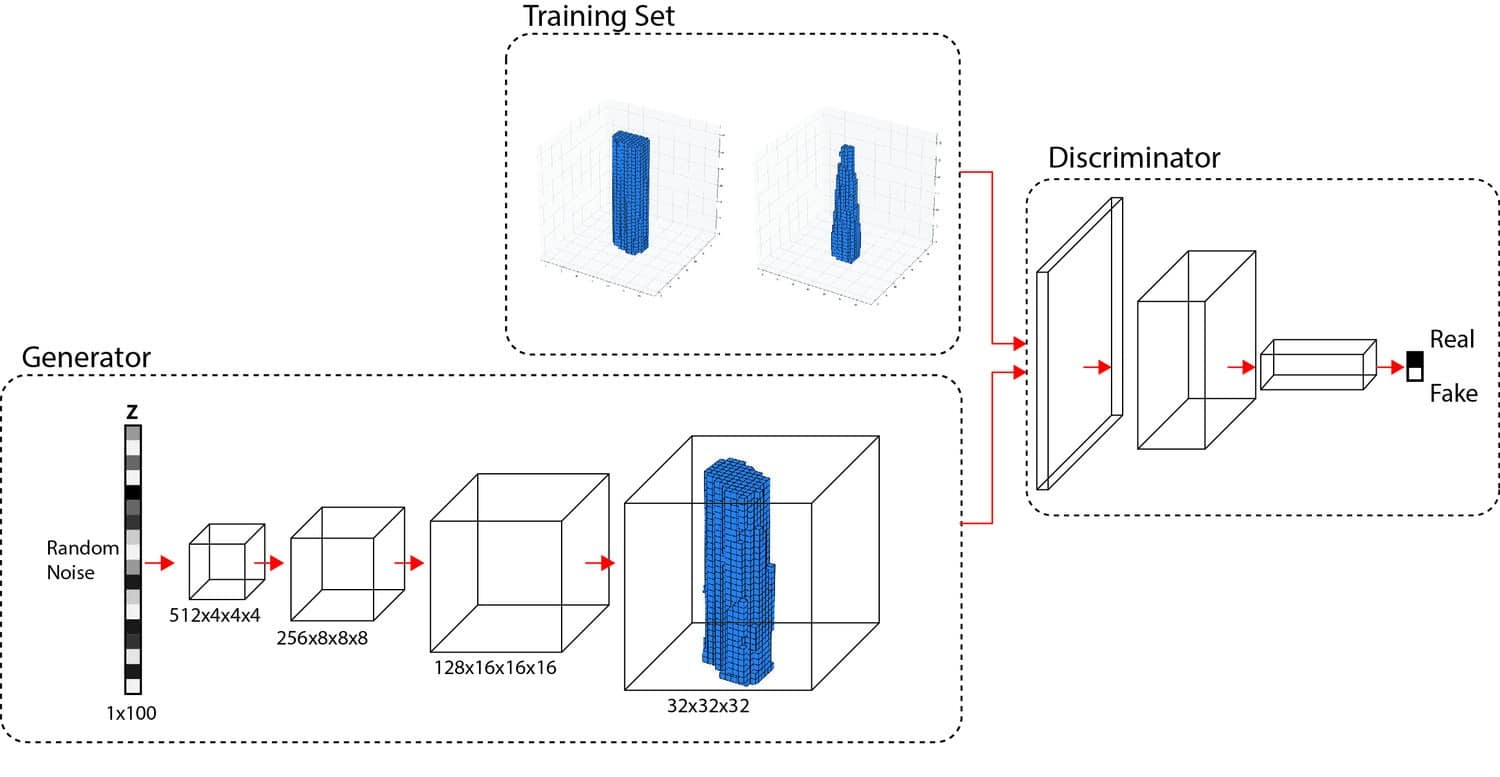
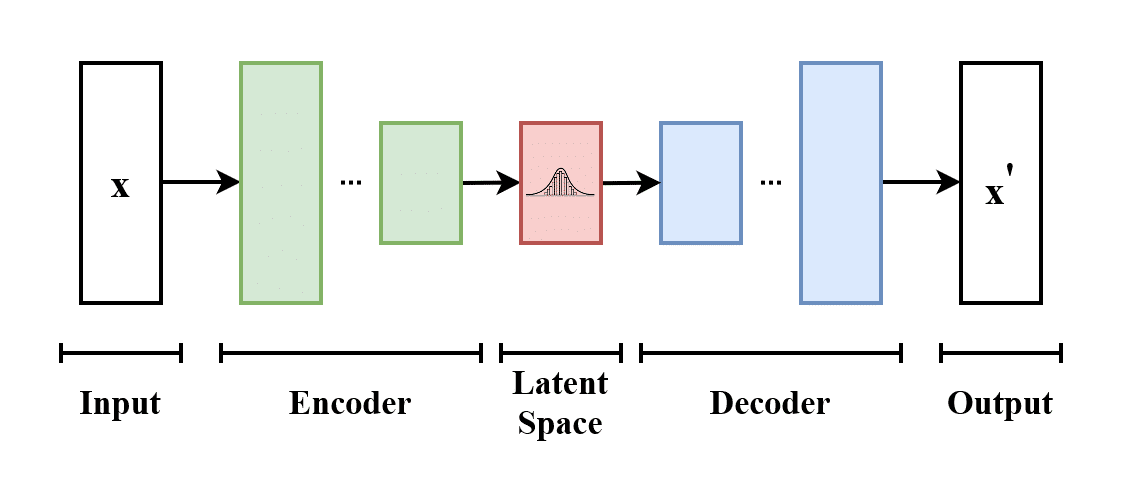

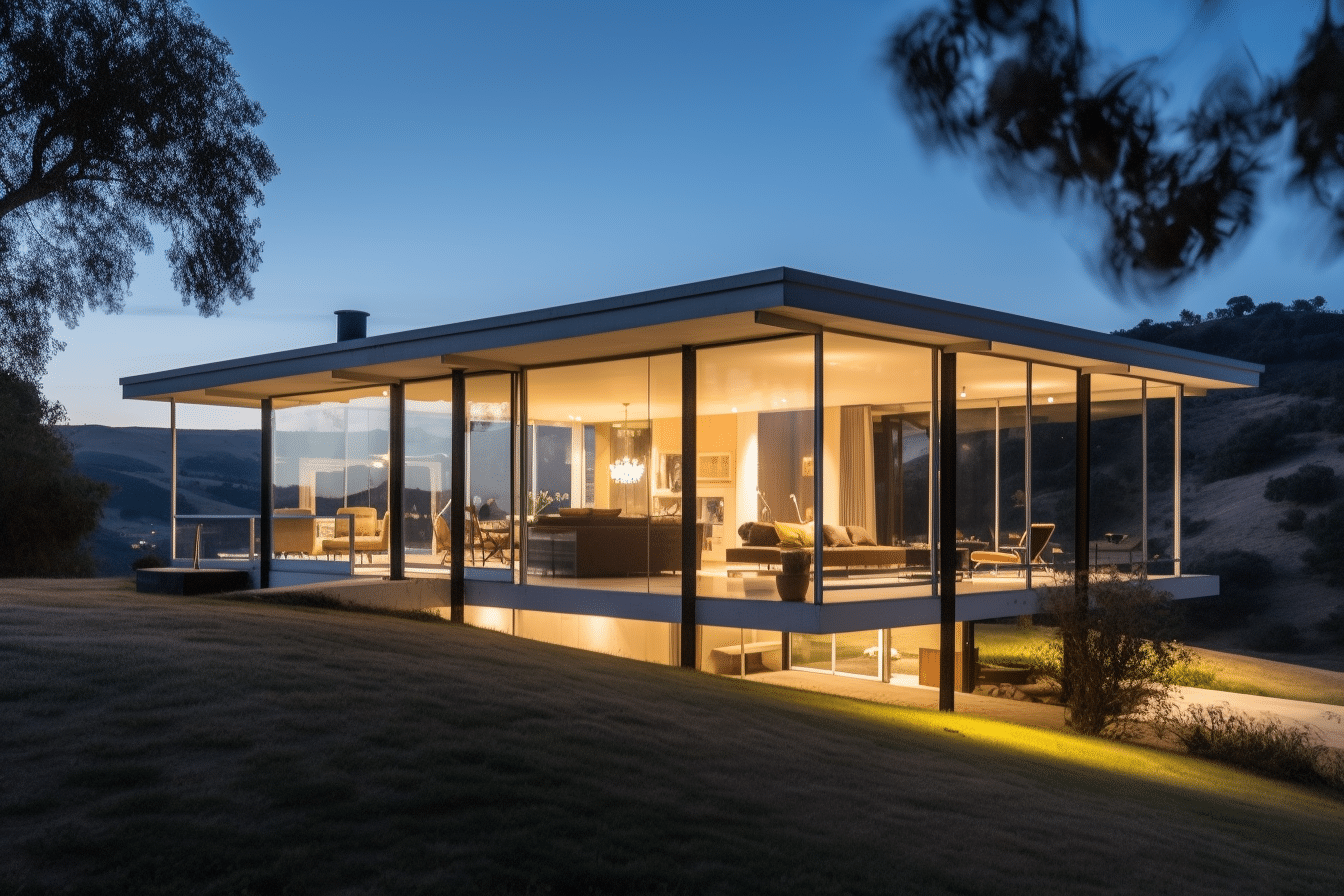
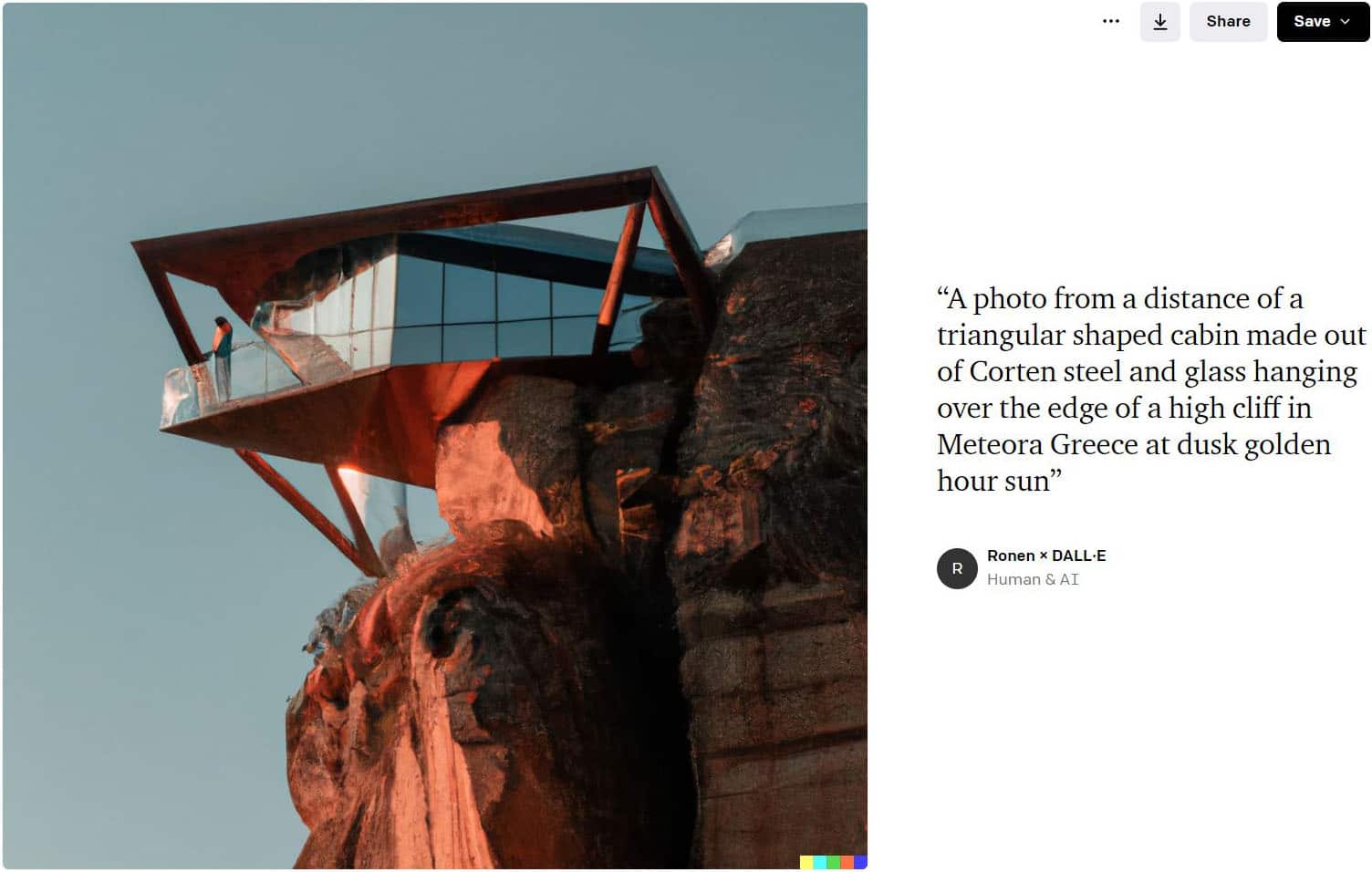
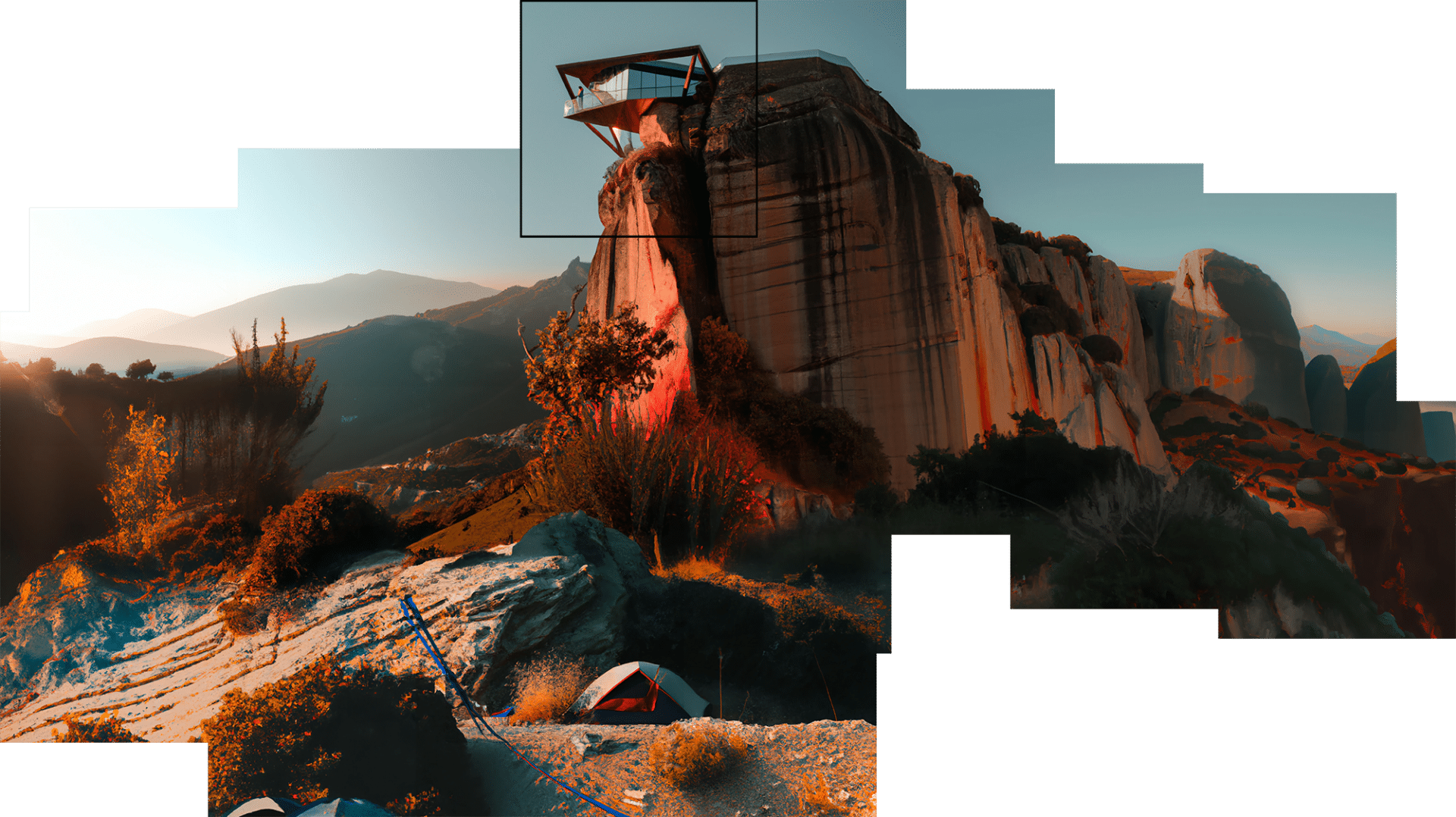
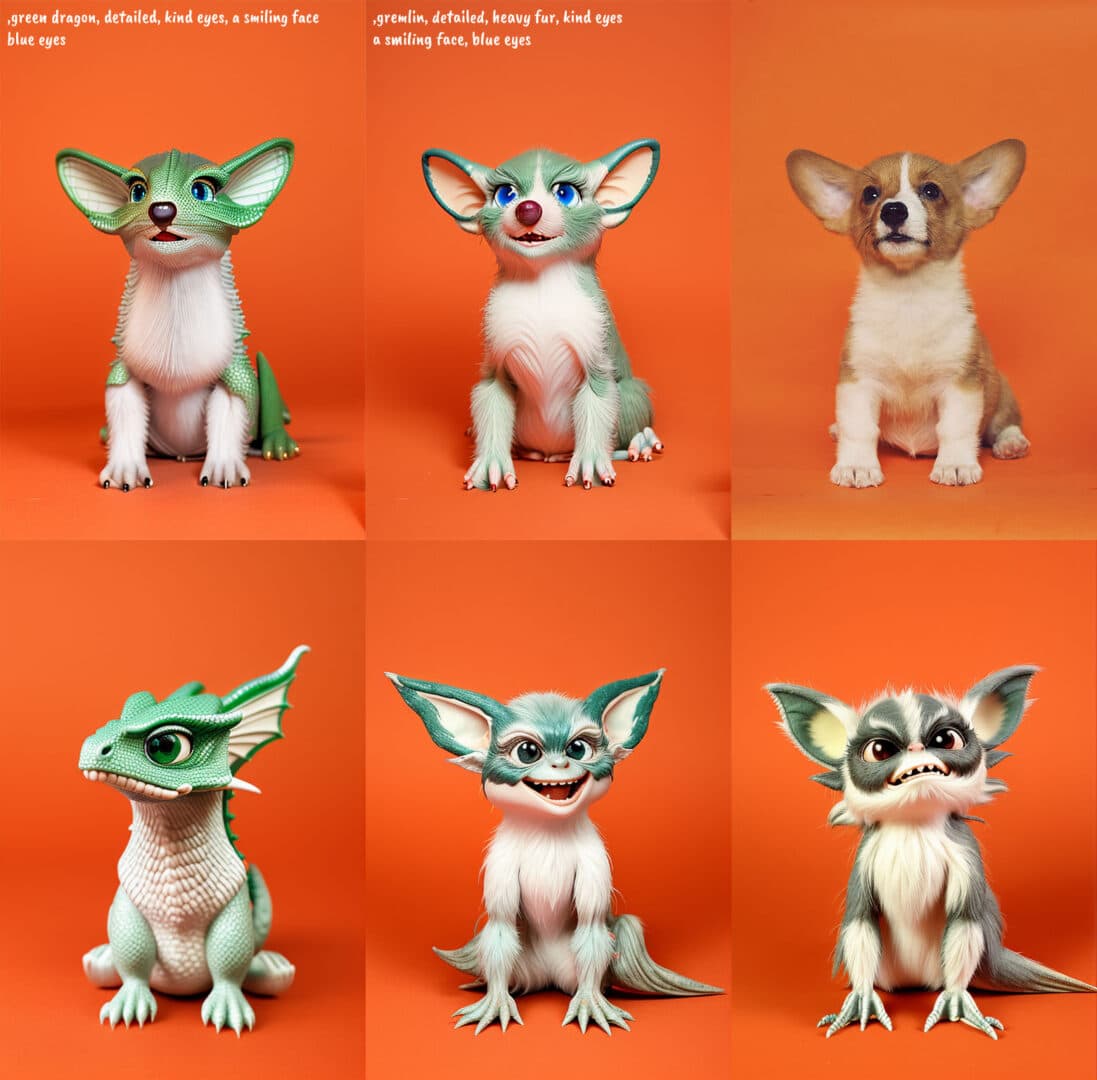
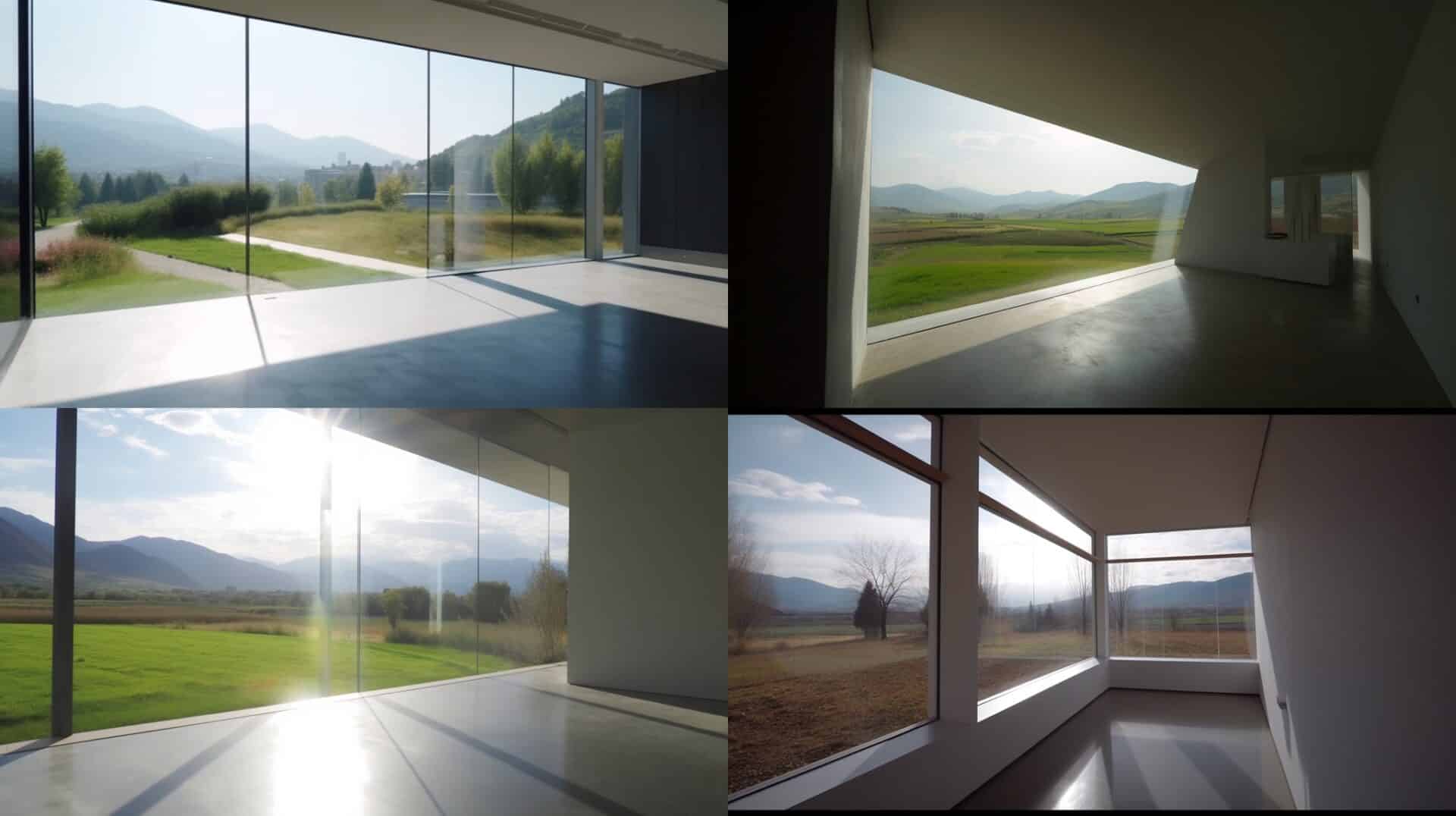
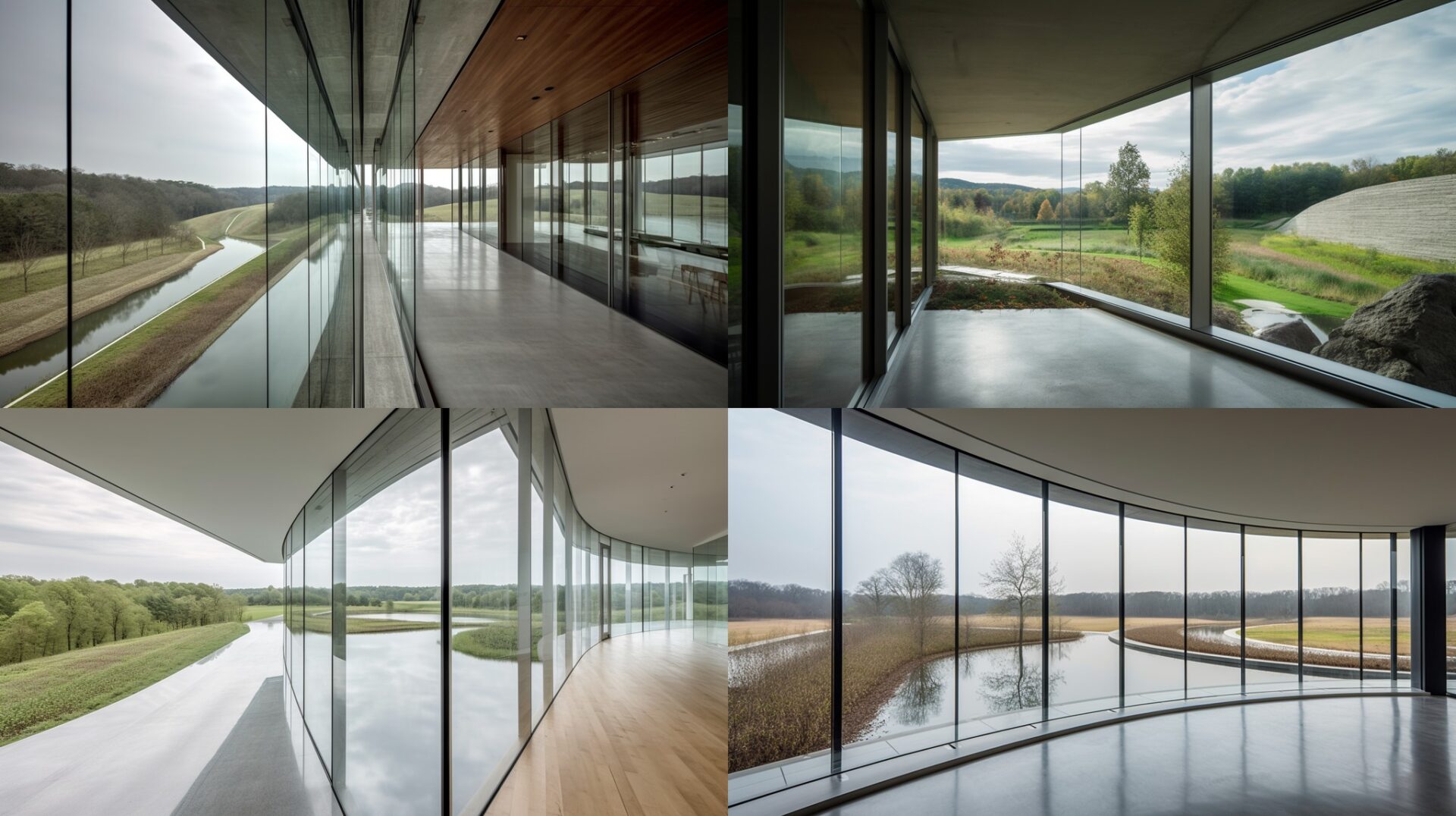
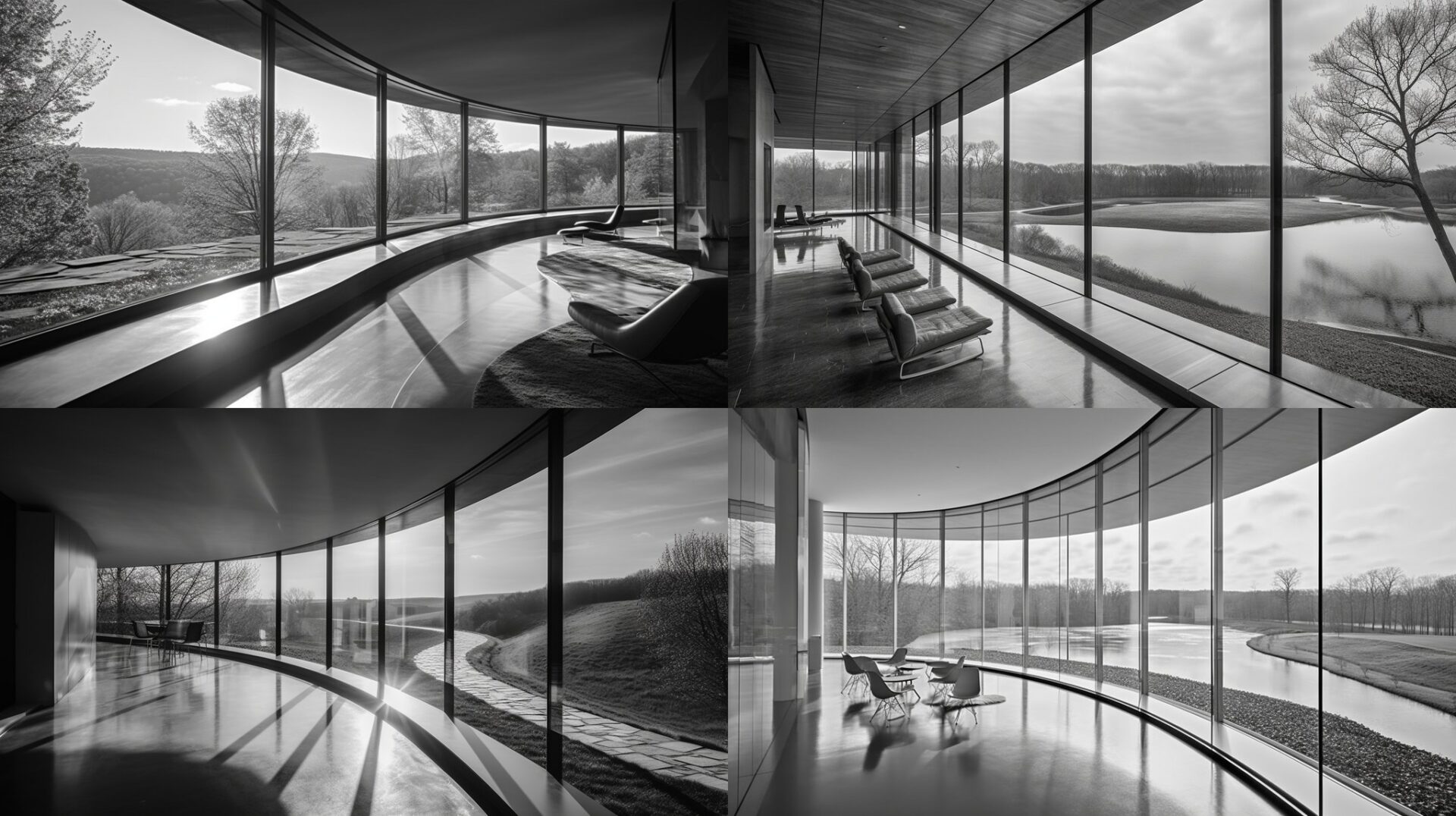

Testing the comments system.
1, 2, 3, check
Continue the discussion at talk.ronenbekerman.com